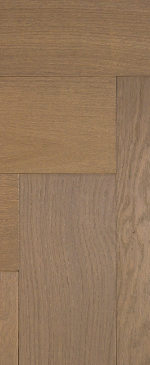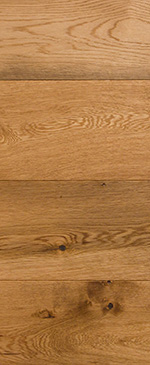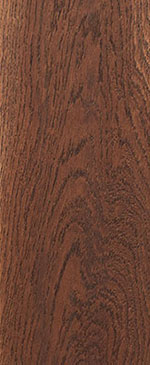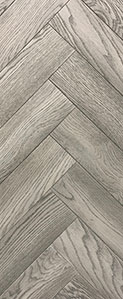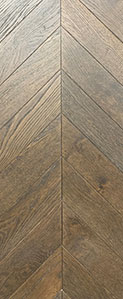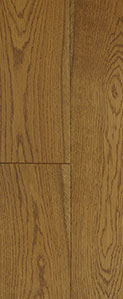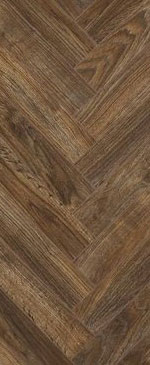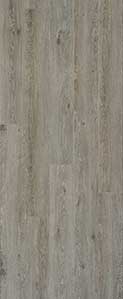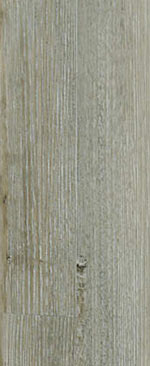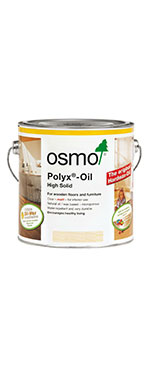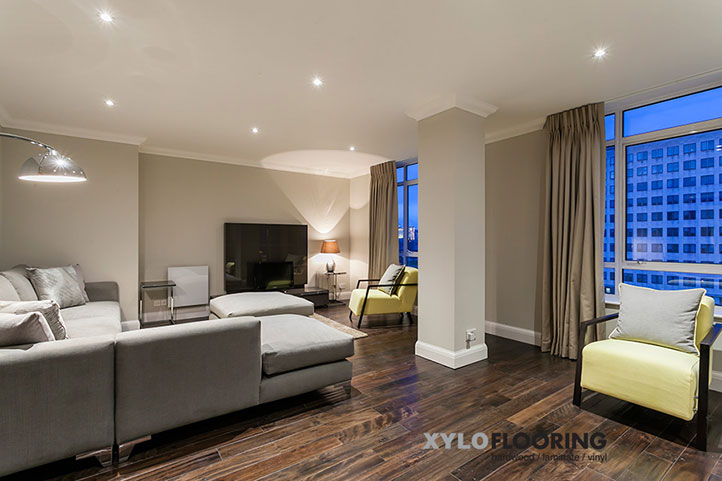Scandi style has been a popular look in interior design for some years, but now a new spin is being put on the theme with Japandi design. This growing trend, predicted to become even more popular during 2020, is an exciting blend of modern Scandinavian décor with classic Japanese elegance.
For those who haven’t heard about it, the idea draws on the concept of wabi-sabi, which is a Japanese philosophy, and style of design, that finds beauty in “imperfection”. The idea is to celebrate objects and raw materials that mature naturally over time. In Japandi design, wabi-sabi is combined with Scandi functionality and “hygge”, an increasingly popular trend based around cosy and relaxing interiors.
Both Nordic and Japanese design styles are minimalist and use clean lines, and both also celebrate natural materials, such as wood flooring and furniture. A fusion between these two styles is ideal for creating relaxing, welcoming interiors, which will look great in both domestic and commercial settings.
Choose Neutral Tones and Contrast Colours
One of the hallmarks of the Japandi design style is to bring together the pale, neutral tones and pastels which tend to be favoured in Nordic interiors with the darker, richer shades of Japanese design. However, a Japandi interior will not have a lot of bright colours. Typically, the walls will be in a warm neutral, such as an off-white, while the colour palette as a whole will be muted and calming. Natural colours such as deep greens, browns and greys are often included in these designs.
Avoid Clutter and Select Accessories Carefully
If you, or your customers, are fans of numerous colourful accessories, this will probably not be the right choice of design for you. Japandi is a stripped-down, “less is more” philosophy, where each item or accessory is carefully selected to play a key role and make an impact. Statement pieces such as wooden or ceramic ornaments are often included in these designs, with the key advice being to keep it simple.
Combine Furniture and Styles
Japanese and Scandi furniture and accessories will often complement one another well. For instance, you could put a bamboo table lamp alongside a light wooden Nordic table. Keeping the height of furniture low, as in Japanese culture, from coffee tables to futons, is part of the look. Ensure there is plenty of space surrounding each larger, statement piece of furniture. You can also avoid a room design being too functional by including some cosy but stylish textiles within the design, which is a key element of “hygge”.
Celebrate Nature
Bringing the outside in, and including natural beauty within indoor space, is one of the themes of Japandi. Instead of colourful floral arrangements, choose house plants with large, eye-catching dark green leaves, placed in a stylish vase.
As well as actual plants, an emphasis on natural materials, including cotton and bamboo, will contribute to the Japandi theme.
Include Light and Dark Woods
Wooden furniture and flooring are particularly important to this design look. Interiors typically contain a contrasting mix of light woods, popular in Scandinavian design, and the glossy, darker woods – sometimes almost black – favoured in Japanese designs. You could choose dark chairs with a lighter table, or place dark furniture on a lighter floor.
Natural wood flooring makes the perfect finishing touch for a Japandi design. Xylo Flooring has a wide choice of wooden floors which would be ideally suited to this type of interior, including dramatic dark Walnut Stain Oak and pale White Oak, which are just two of the many shades in our Fulham Multi Layer range of engineered wood flooring.
Xylo works with developers and builders, flooring contractors and retail outlets around the UK. To request a brochure, follow the link.


